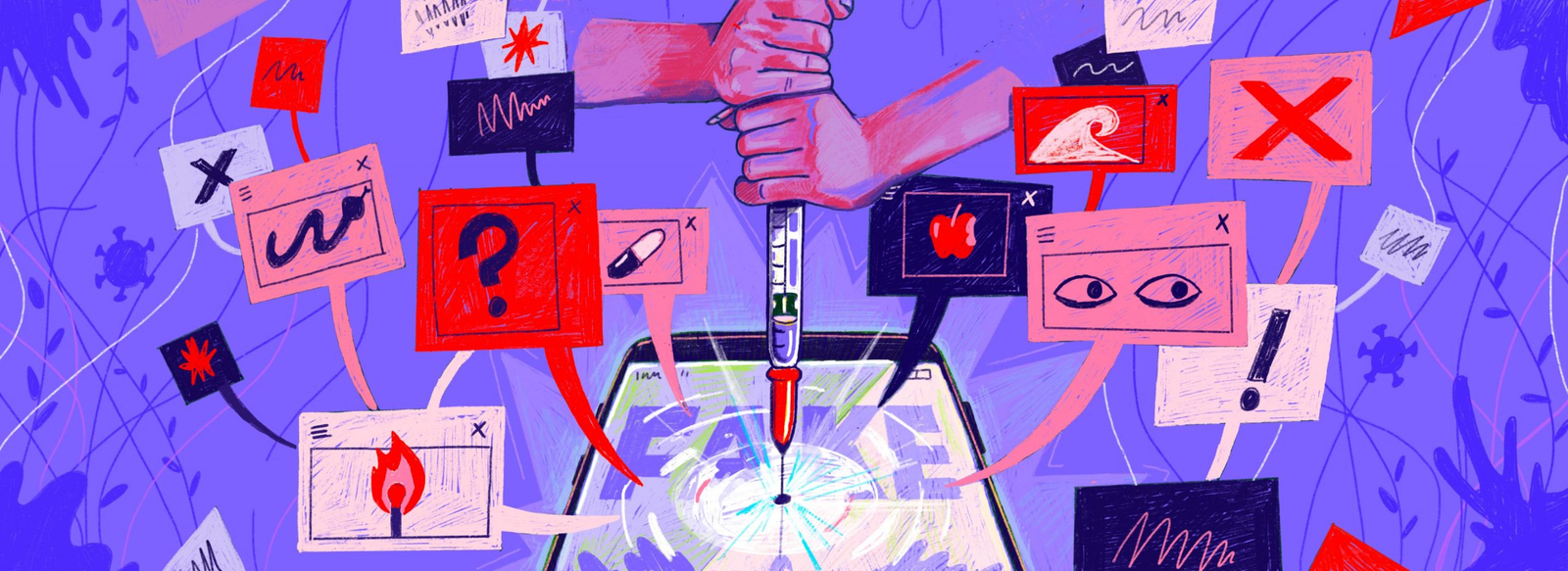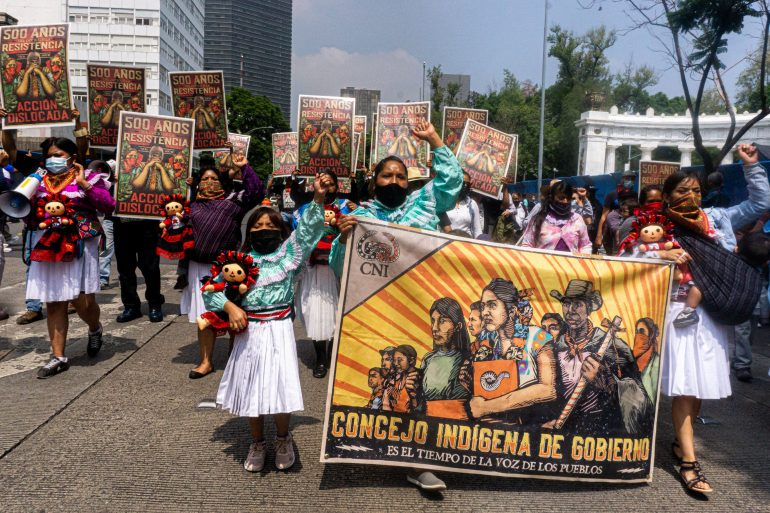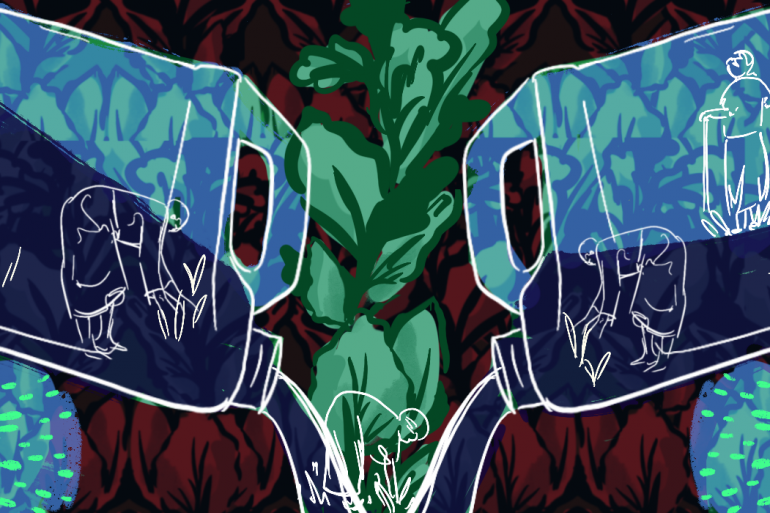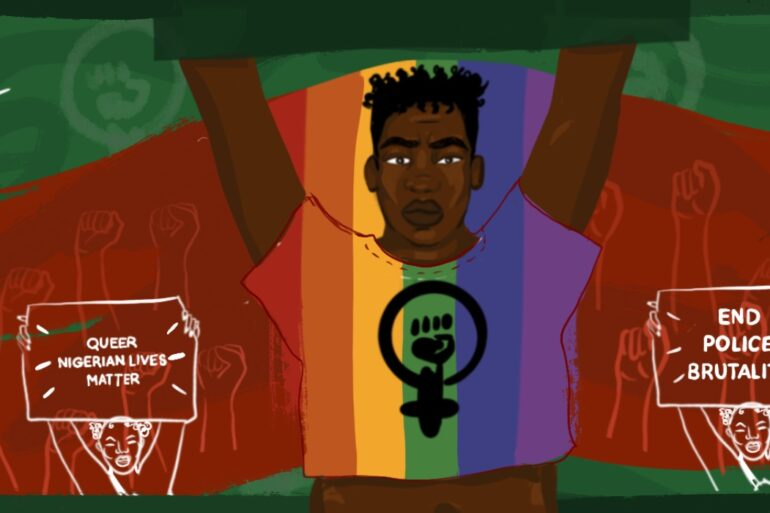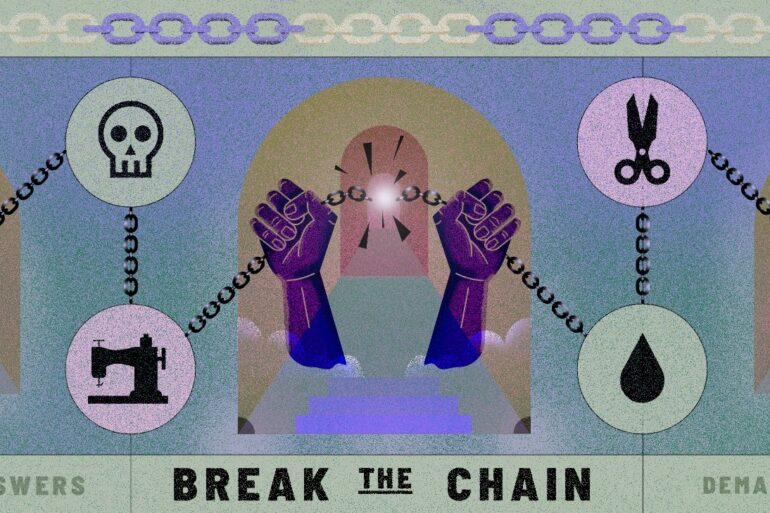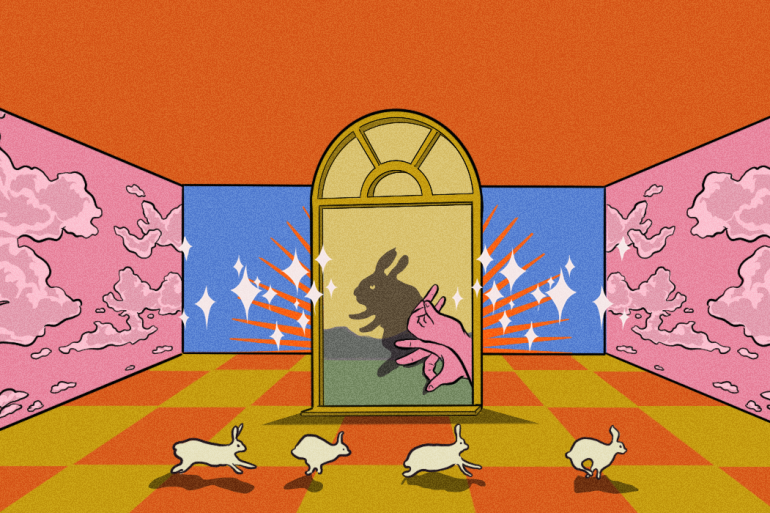The COVID – 19 pandemic is not only epidemiological, but also encompasses a virus of misinformation. The World Health Organisation has coined this as the ‘infodemic’, an overload of information online concerning COVID-19 – much of which is false – creating an environment in which all facts are debatable. We now have a vaccine for the biological virus, however there is currently no equivalent to curb misinformation.
A group of young people has been investigating this. ‘Youth Against Misinformation’ is a UK-based organisation staffed predominantly by 18-25 year olds, trained by the Centre for Countering Digital Hate and Restless Development, to combat misinformation online. What started in April as a group of 23, working remotely to transcribe YouTube videos and flag social media posts containing misinformation, has now also branched out into a Twitter account, lobbied MPs to strengthen misinformation laws, and campaigned to stop advertising on platforms that promote misinformation.

The organisation has contributed to two CCDH reports and the removal of countless posts and accounts promoting misinformation – including David Icke’s deletion from YouTube. Icke was one of the platform’s most popular conspiracy theorists. At the time of his removal his channel had over 900,000 subscribers. Hence, the group has clearly experienced success. However, these achievements have also provoked backlash.
Branded by Icke in a tweet as an incarnation of the ‘Hitler Youth’, the identities of the young volunteers have had to be concealed for their safety. Despite this, they still feel their work has been worthwhile. As George, a volunteer, said: ‘I wanted to contribute to the effort to combat COVID-19 and some of the other ways to do so weren’t accessible for me, but something I definitely knew about was social media.’ Indeed, despite the safeguarding issues, young people’s inclusion in the organisation is its biggest strength. Despite the safeguarding issues, young people’s inclusion in the organisation is its biggest strength. As Alice, another of the volunteers asserts, ‘we found the tasks easy to do because we were digital natives.’
Rebutting misinformation online requires a kind of online literacy, gained through continued exposure to social media: experience that young people are most likely to possess. To recognise fake news, you must know how to recognise edited images through wavy lines in the background, how bot accounts expose themselves through their lack of followers and that conspiracy videos can be identified through their use of ‘click bait’, such as video titles being in all caps.
This familiarity with how to identify misinformation is not shared by all generations – especially when misleading content possesses a production value emulating that of professional, trusted, media sources. Conspiracy theorists are no longer on the fringes of YouTube. Far from wearing a tinfoil hat and filming in a basement, theorists now employ a high production element, with green screens, sound equipment, expensive cameras and carefully chosen references to medical journals.
If you listened to social media companies, you would be under the impression that COVID-19 misinformation is in safe hands. Facebook’s Mark Zuckerberg has claimed that his company will “remove content with false claims or conspiracy theories that have been flagged by leading global health organisations and local health authorities.” Twitter has promised to remove content that promotes false COVID-19 cures or denies scientifically proven facts about the illness. Instagram has also claimed that, ‘we’re removing known harmful misinformation related to COVID-19.’ However, despite these claims, social media giants seem to have no will to act.
Research carried out by Youth Against Misinformation with CCDH revealed that Instagram is still placing advertising on and promoting anti-vaccine content. Another report found that 90.6% of posts that contain misinformation were not acted on by social media companies – even after volunteers had flagged them for misinformation. Posts left unaddressed included claims such as: COVID-19 is caused by vaccines; 5G is the cause; viruses cannot be transmitted by air and that the disease is a government hoax.
Social media companies, like Facebook and Twitter, have allowed misinformation to fester through their inaction. If they continue to abstain from removing content suggesting vaccines cause COVID-19, while giving a platform for content depicting bleach as a viable cure, they will have blood on their hands.
Some of the biggest YouTube creators, such as Shane Dawson with 21.1 million subscribers, have built their following on promoting questionable conspiracies – for example, the pop star Avril Lavigne’s replacement with her body double. This type of conspiracy has far less sinister intentions than those concerning COVID-19. However, they are responsible for creating an audience for conspiracy theories online, enabling more dangerous theories to thrive.
And the more organised branch of conspiracies poses a real threat. CCDH managed to gain access to a private conference for leading anti-vaccine campaigners, in which attendees strategised how to exploit the pandemic to create long-term distrust against vaccines. Facebook groups for anti-vaccine campaigners seek to train attendants to target ethnic minorities – perceiving this group as easier to convince, due to an existing distrust in authority. Indeed, a YouGov poll found that those least-likely to be vaccinated are also more distrustful of media, government and healthcare professionals.
Conspiracy theories offer a comforting narrative. The complicated COVID-19 crisis is a black and white affair in which the virus and the vaccine is wielded by the ‘bad guys’ against us. It’s all a hoax! Go hug your nan! Ignore the guidance! This narrative’s attraction, the sophisticated techniques utilised by conspiracy theorists and the incompetence of media companies has enabled misinformation to thrive in 2020: reaping profit for its distributors.
Free speech is not undermined by removing dangerous misinformation from social media. While you have the right to voice your belief that COVID-19 is harmless, you do not have the right to promote that to Twitter’s 330 million users – just as you are not due an appearance on BBC Breakfast.
What is to be gained from promoting misinformation? Money.
Alex Jones, a conspiracy theorist known for his website ‘Infowars’ and being a former Trump White House official (naturally), uses his platform built on peddling conspiracies about Obama’s paedophile ring to sell questionable health supplements, radios and freezers. He has now been banned from Twitter, Facebook and YouTube for spreading misinformation; however, his business: infowarsstore.com is still live and profiting.
And the financial beneficiaries of the anti-vaccine movement extend past the perpetrators, to the social media platforms that promote them. Research by CCDH found that the anti-vaccine industry has an online following of 58 million, worth up to $1 billion in annual revenue to social media companies.
Social media is the wild west of media, when it comes to misinformation. While the sites have the financial and human resources of other more traditional media companies, they do not accept the same responsibility to ensure that the information they give a platform to is credible. And as their format often resembles that of a forum, not a traditional news site, do they have a responsibility to do so?
The ever-increasing number of people using social media for news is a sign they do. According to an Ofcom report, 50% of the UK population now uses social media as a news source. And as COVID-19 vaccine roll-out begins, misinformation could kill. Currently only 77% of the British population, 69% in the USA and 40% in France are willing to be vaccinated. According to Professor Steven Evans from The London School of Hygiene and Tropical Medicine, 80-90% of the population need to be vaccinated to achieve herd immunity.
While the young people working with Youth Against Misinformation feel that they are making a difference, they worry about what is to come. As George said, ’it’s frustrating as we are a drop in the ocean’ and ‘there still is a second pandemic going on, by way of misinformation.’ Indeed, as Alice highlights, the organisation’s existence exhibits the failures of social media companies: ‘I think the fact that young people were willing to take part is probably the most important thing – older people could have done it too, they just weren’t, so we filled that gap.’
